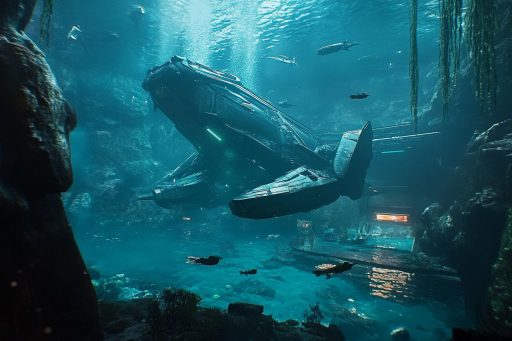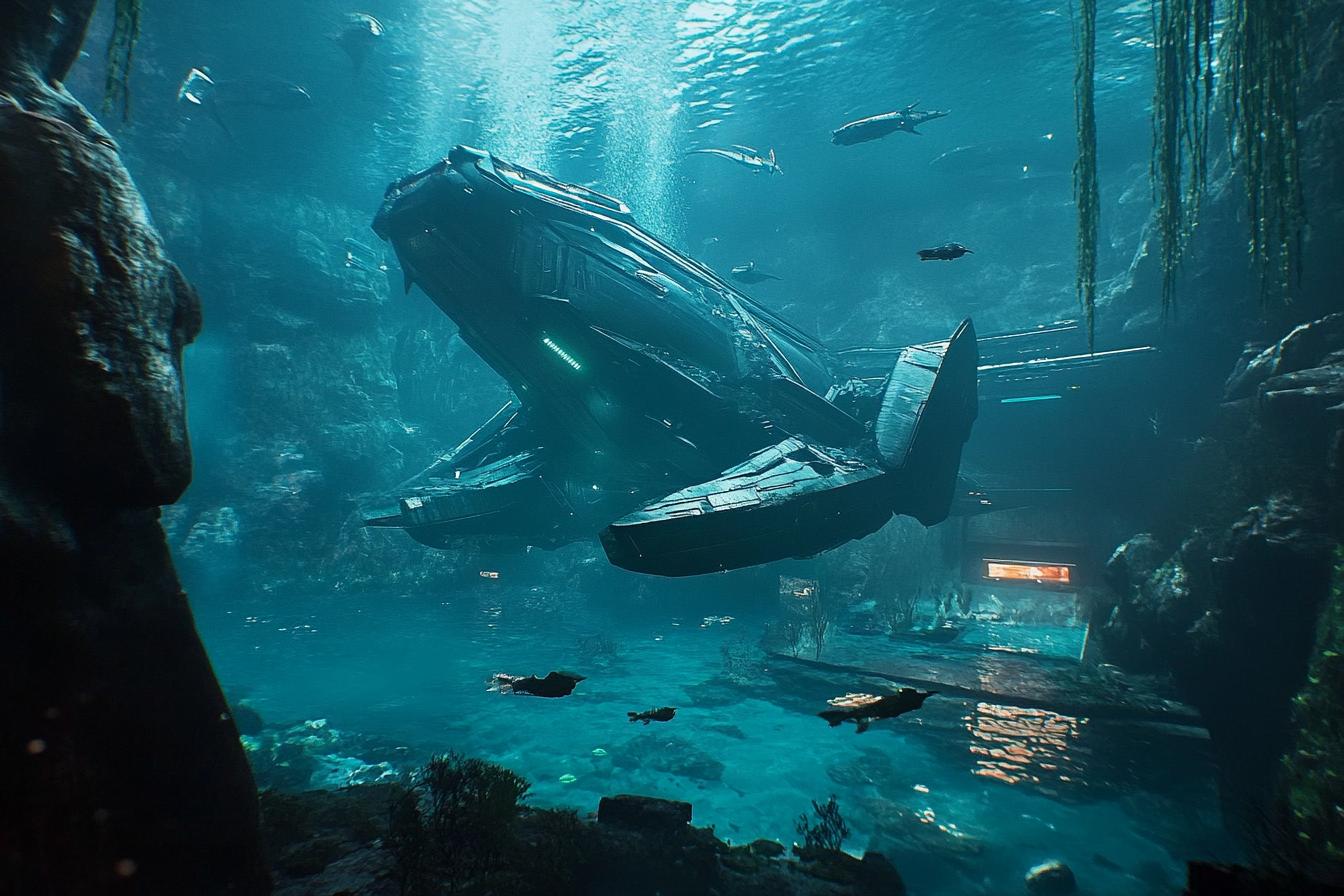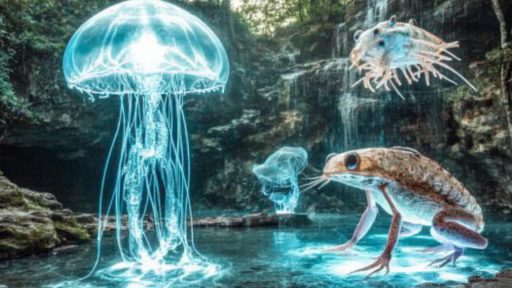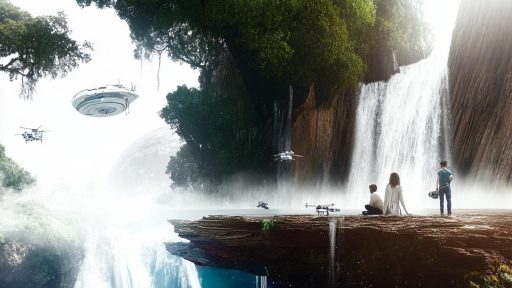
Beneath the waves, Earth hides some of its most enigmatic and unexplored regions—deep-sea trenches that plunge miles into darkness. These immense chasms are cloaked in pressure, silence, and shadows, holding secrets untouched by human eyes. Scientists have only scratched the surface of these alien-like environments, and what little we know only deepens the mystery. Strange lifeforms, geological oddities, and unexplained phenomena await anyone daring enough to dive into the abyss.
Mariana Trench

The deepest known point on Earth, the Mariana Trench, remains one of the planet’s most confounding mysteries. Despite multiple expeditions, the trench continues to reveal strange creatures and inexplicable sounds, like the mysterious “bloop” recorded nearby. Some speculate about undiscovered ecosystems—or even unnatural activity. No matter how deep we dive, the bottom seems to hide more questions than answers.
Kermadec Trench

Stretching north of New Zealand, the Kermadec Trench is home to lifeforms that defy evolutionary understanding. Scientists discovered ghostly amphipods and translucent sea cucumbers at crushing depths. Yet, much of this trench remains unseen, its isolated environment possibly harboring species that have never been exposed to surface life. It’s a biological vault waiting to be opened.
Tonga Trench

This trench is not only one of the deepest in the Pacific, but also one of the most seismically active. The Tonga Trench is the site of mysterious underwater quakes and heat anomalies that baffle geologists. The intense tectonic activity raises questions about what geological forces are at play beneath its surface—and whether they could trigger cataclysmic events.
Puerto Rico Trench

Bordering the Atlantic and Caribbean, this trench has long been associated with myths, legends, and ominous rumbles. It’s the deepest point in the Atlantic Ocean and has been tied to theories about strange electromagnetic anomalies and even UFO activity. With a history of deadly earthquakes and a seafloor shrouded in sediment, it’s a place where science and speculation collide.
Philippine Trench

Often overshadowed by its more famous counterparts, the Philippine Trench is marked by steep slopes, undersea avalanches, and eerie seismic silence in some zones. Some researchers believe its tectonic stillness is the calm before an inevitable geological event. But with limited exploration, many of its features—and what causes them—remain unknown.
Java Trench (Sunda Trench)

Running along the coast of Indonesia, the Java Trench is associated with one of the deadliest tsunamis in modern history. But it’s what we can’t see that’s most unsettling—there are whispers of ancient submerged structures and unexplained underwater voids. The trench seems to absorb more than just water—it swallows answers, too.
Kuril-Kamchatka Trench

This frigid trench in the northwest Pacific is largely untouched, thanks to its brutal currents and extreme depth. It’s a cold, silent abyss where sonar readings have occasionally picked up inexplicable shapes and movements. Scientists are unsure whether these are geological flukes or signs of life hiding in the deep’s icy grip.
Hellenic Trench

Located in the Mediterranean Sea, this trench is relatively shallow compared to others—but its mystery lies in its connection to ancient civilizations. Some theorists suggest the trench hides remnants of lost cultures or sunken cities. Occasional seismic anomalies and strange acoustic echoes feed these theories, making it a hotspot for both scientists and myth-hunters.
Japan Trench

This trench has become infamous for its role in generating devastating earthquakes and tsunamis, including the one in 2011. However, deep-sea probes have uncovered strange gelatinous organisms and unexplained metallic anomalies on the trench floor. Some even believe the area shows signs of deep geothermal vents that aren’t behaving like anything we’ve seen before.
Peru-Chile Trench (Atacama Trench)
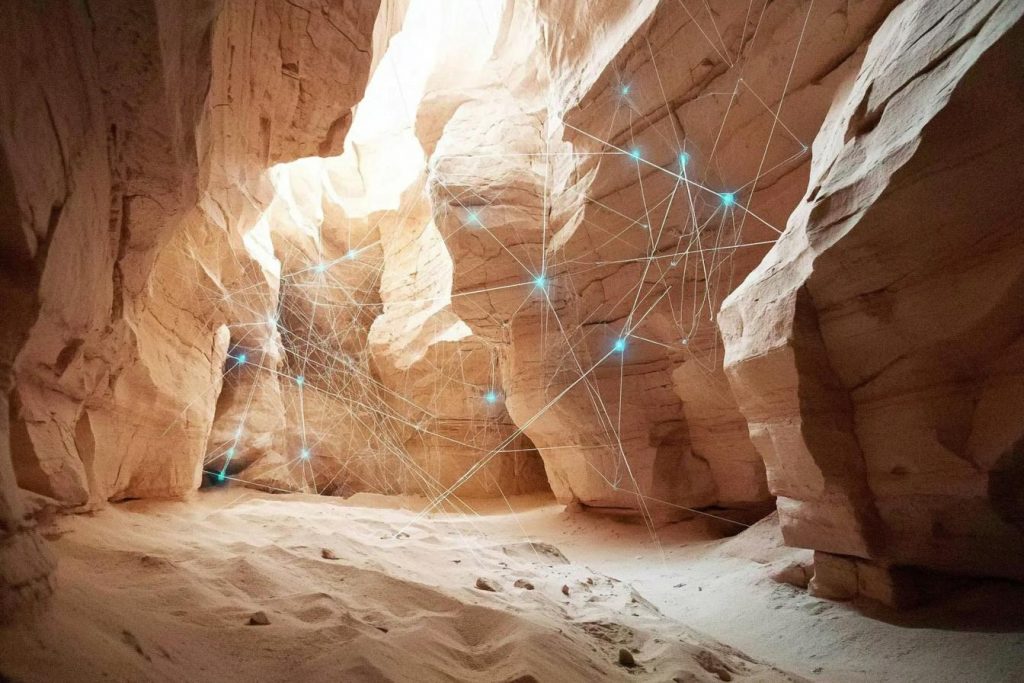
Running along the South American coast, this trench is a geological pressure cooker with a reputation for spawning massive quakes. Yet, some of its deepest points remain completely unexplored. Instruments have captured anomalous magnetic fields here, suggesting forces at work we don’t yet understand.
Hikurangi Trench
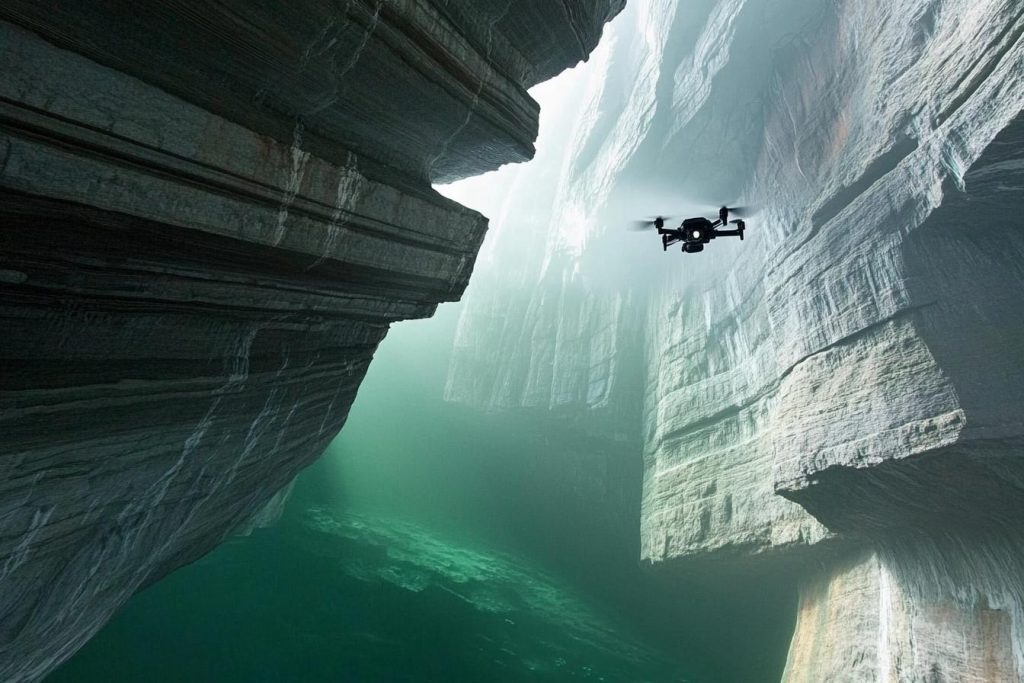
Off New Zealand’s east coast lies the lesser-known Hikurangi Trench, which is slowly becoming a focal point for researchers. It has displayed signs of “slow slip events”—earthquakes that happen over weeks instead of seconds. This strange seismic behavior may be key to unlocking tectonic mysteries, but the deeper structure of the trench remains a riddle.
South Sandwich Trench

Situated near Antarctica, this trench is covered in ice and nearly unreachable for most of the year. It’s one of the coldest and least accessible trenches, and what lies beneath the frozen waters remains largely speculative. Some believe it could harbor extremophile lifeforms unlike anything on Earth’s surface—or perhaps something even more alien.
Diamantina Trench

This trench in the Indian Ocean doesn’t get much attention, but it might be hiding something remarkable. A strange series of ridges and sharp geological formations have raised eyebrows among marine geologists. Some say it looks like a battlefield of tectonic forces; others believe it could be a fragment of a submerged ancient continent.
Echoes from the Abyss

The ocean’s deepest places are not just geographical features—they are gaps in our understanding, voids filled with questions, and echoes of a world we’ve only glimpsed. The deeper we go, the stranger it gets, and these trenches remain among Earth’s final frontiers. Whether hiding lost civilizations, bizarre lifeforms, or geological anomalies, the mysteries of the deep persist. Perhaps the truth lies not in what we’ve discovered—but in what we’re still too afraid to find.

